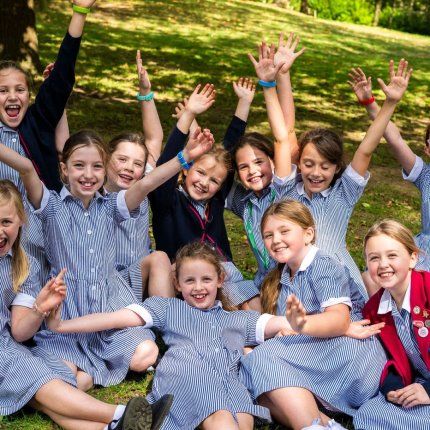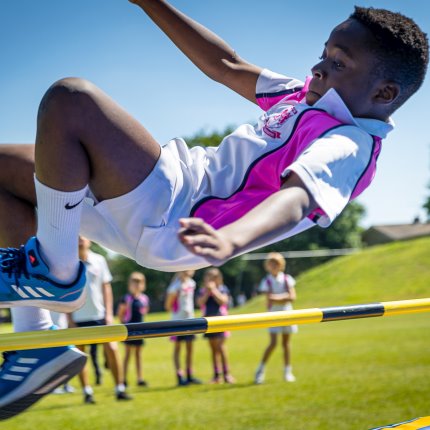
Resilience is often seen as grit—pushing through challenges with determination. We think of motivational speeches and thumping chests, encouraging us to persevere and push through. Some need to wrestle this feeling occasionally, to achieve a particular desired goal. But for neurodivergent children, they need to summon this sort of resilience constantly to play by neurotypical rules. So how do we support this? What conditions are required to cultivate a sustainably ‘gritty’ mindset? It’s about grace: knowing yourself, accepting yourself and the ability to pause, reflect, and be supported—not shaped—by those around them.
Rethinking resilience
Resilience is commonly described as the ability to ‘bounce back’ and keep going. But this implies quick recovery and ignores the emotional complexity of struggle—especially for children navigating environments that don’t reflect their needs. True resilience is personal. It’s the capacity to pause, reassess, and respond in a way that honours one’s individual context.
This process requires not just perseverance, but the ability to sit with uncertainty and trust that clarity will come. That’s not weakness—it’s insight and self-trust. And it only develops in environments that support emotional safety and adaptive thinking.
Why grace matters, especially for neurodivergent children
Neurodivergent children often face challenges shaped by their surroundings—not their capabilities. They may mask, stretch, or push beyond what’s sustainable just to meet external expectations. In these cases, grit alone can lead to burnout.
Resilience, for these children, means recognising their own needs and understanding themselves sufficiently to have the confidence to say, “This is hard for me, and I’ll find my way through, in my own way, eventually.” It’s up to the adults around them to create conditions where this sense-of-self can grow.
Grit is not enough
Angela Duckworth’s Grit (2016) showed that consistent effort often matters more than talent. But effort without emotional safety can become self-punishing. For children who don’t always have the freedom to choose their path or pace, resilience must be flexible. Grit may drive persistence, but grace guides when to pause, how to recover, and why worth isn’t measured by endurance alone.
Our role as adults
Children don’t build resilience alone. As Dr Becky Kennedy writes, “Children build resilience not by avoiding hard things, but by doing hard things with someone who helps them feel safe and seen.” Emotional safety, offered through calm, non-judgemental presence, is the foundation for this process. Crucially, this means adults must also examine how they approach their own challenges. Children don’t learn resilience from instructions—they learn it from observation. Our ability to remain grounded in moments of frustration or uncertainty gives children the example they need for self-compassion and perseverance. In doing so, we teach children that it’s okay to struggle, rest, ask for help—and try again.
Final thought
If we want to raise resilient children, we must also build resilient systems. That means: schools that adapt rather than demand; homes where feelings are welcomed; and professionals who listen before they lead.
Resilience isn’t just about pushing through with grit; it’s about cultivating that gritty behaviour organically with the grounding, compassionate presence of the right relationships, environment and tools that help children face difficulty with courage and self-awareness. Grit alone can be self-punishing, but when it comes from grace, it’s humane and sustainable.
Charlotte MacDougall
Senior Assistant Head (Academic)




%20(1).jpg?command_1=resize&width_1=430&height_1=430)







